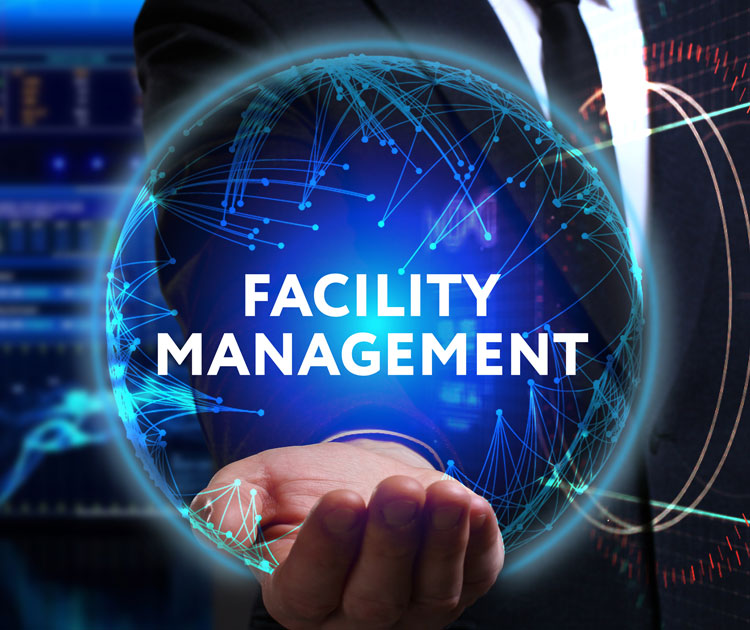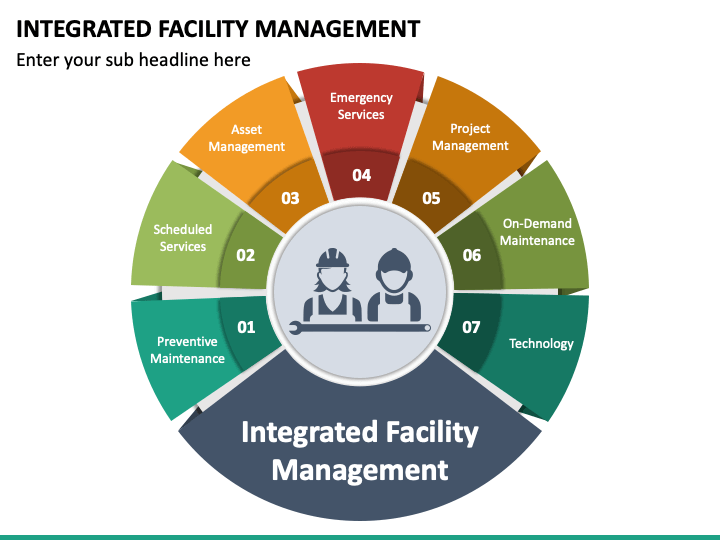Best Practices for Streamlining Facility Management Processes and Protocols
The Important Guide to Center Monitoring: Methods for Success
Facility administration plays a critical function in the total success of an organization, serving as the foundation that sustains safety, effectiveness, and performance. The nuances of efficient center monitoring expand beyond mere logistics and require a detailed understanding of both qualitative and measurable metrics.
Recognizing Facility Management
What constitutes effective facility administration? Efficient center administration includes the control of numerous business features to make sure that constructed settings are secure, reliable, and for performance. Facility Management. It incorporates the concepts of engineering, business, and style management to create a smooth functional flow within an organization
Key elements of center administration include space preparation, upkeep administration, and compliance with health and wellness laws. Area planning concentrates on enhancing the use of physical resources to sustain business goals, while maintenance management ensures that centers are kept in ideal problem, maximizing life-span and minimizing operational costs. Conformity with legal and regulatory standards is critical, as it safeguards the organization against possible liabilities and boosts its track record.
Additionally, effective center management counts on the tactical use innovation, such as Structure Administration Systems (BMS) and Computer-Aided Center Management (CAFM) devices. These technologies assist in real-time monitoring of structure systems and streamline upkeep processes. Eventually, a comprehensive technique to facility administration not just promotes functional efficiency however additionally promotes a favorable environment for visitors and workers alike, driving total organizational success.
Trick Strategies for Optimization
Enhancing center administration calls for a strategic technique that straightens operational experiment business objectives. To accomplish this, the initial key technique is the application of incorporated technological services. Using innovative software systems enables real-time tracking of center procedures, helping with data-driven decision-making and enhancing total performance.
Secondly, regular assessments of facility performance are necessary. Performing routine evaluations and audits allows center supervisors to recognize locations that need improvement, guaranteeing that sources are designated properly. This proactive approach helps in reducing downtime and improving service distribution.
Another vital method is promoting cooperation throughout divisions. By motivating open interaction between teams, facility managers can better straighten their approaches with business objectives, bring about boosted functional harmony. Furthermore, engaging staff in training programs promotes a society of liability and boosts their capacity to add to optimization efforts.
Enhancing Safety Protocols
Strengthening safety and security methods is necessary for producing a safe atmosphere within facilities. A thorough safety and security procedure not just secures visitors and workers yet also enhances functional performance. To attain this, facility supervisors have to perform regular risk analyses to guarantee and determine possible hazards that ideal actions are in place.
Training and education are vital elements of reliable safety and security procedures - Facility Management. Workers must get recurring training in emergency procedures, tools handling, and personal protective procedures. Normal drills, such as fire discharges or lockdown treatments, foster experience and readiness amongst personnel
Additionally, clear communication channels have to be established to report safety concerns promptly. This includes producing an obtainable system for workers to articulate possible dangers website or occurrences without anxiety of retribution. In addition, leveraging modern technology can boost security actions; as an example, carrying out security systems and gain access to controls aids keep track of facility tasks and restrict unauthorized entrance.
Lastly, conformity with local policies and sector standards is non-negotiable. Regular audits and reviews of security protocols guarantee positioning with existing laws and ideal techniques. By focusing on these approaches, center managers can cultivate a culture of safety that shields all stakeholders and inevitably adds to the company's success.
Improving Workplace Setting

Ergonomic factors to consider are important to minimize physical strain and pain. Facility Management. This entails giving flexible furnishings, appropriate lighting, and adequate space for activity. These changes can cause minimized absenteeism and increased job complete satisfaction
Visual appeals play an important function fit the work environment environment. Using color psychology, all-natural illumination, and greenery can foster a inviting and promoting atmosphere. Thoughtfully made rooms can increase creativity and boost general well-being.
In addition, urging employee involvement with inclusive decision-making procedures can improve the sense of possession and belonging. Gathering responses on work environment renovations and entailing workers in the design procedure can result in an extra tailored setting that satisfies their demands.
Finally, promoting wellness initiatives, such as health cares and relaxation areas, can further add check here to a supportive work environment culture. By concentrating on these strategies, facility supervisors can efficiently boost the workplace setting, driving both employee fulfillment and organizational success.
Determining Success in Facilities
Gauging success in facility administration requires an extensive strategy that assesses both qualitative and measurable metrics. Quantitative metrics normally include essential efficiency indicators (KPIs) such as space use rates, energy intake, maintenance expenses, and occupancy degrees. These metrics give a clear photo of functional performance and financial efficiency, permitting center managers to determine locations for renovation and benchmark against market criteria.
Qualitative metrics, on the various other hand, focus on user fulfillment and staff member engagement. Surveys and feedback systems can assess just how well the centers meet the needs of residents, assisting to examine the total office setting. This aspect is essential, as a pleased labor force is commonly connected to raised performance and retention prices.
To effectively measure success, facility managers should also consider integrating technology, such as building management systems and data analytics devices, to accumulate and assess pertinent information. Consistently assessing both collections of metrics more info permits for an extra well balanced view of performance and informs strategic choices. Inevitably, an effective center administration strategy rests on a dedication to continual renovation, making sure that both functional effectiveness and user satisfaction are focused on.
Verdict

Facility monitoring plays a crucial function in the total success of an organization, serving as the foundation that supports performance, performance, and safety.Secret components of center management include space planning, maintenance administration, and conformity with wellness and safety and security regulations.Additionally, reliable center administration depends on the calculated usage of modern technology, such as Structure Monitoring Equipment (BMS) and Computer-Aided Facility Monitoring (CAFM) devices. Inevitably, a comprehensive approach to facility management not only promotes operational efficiency but also fosters a positive environment for site visitors and staff members alike, driving total business success.
Inevitably, an effective facility administration technique hinges on a dedication to continual renovation, making sure that both functional efficiencies and user satisfaction are focused on.